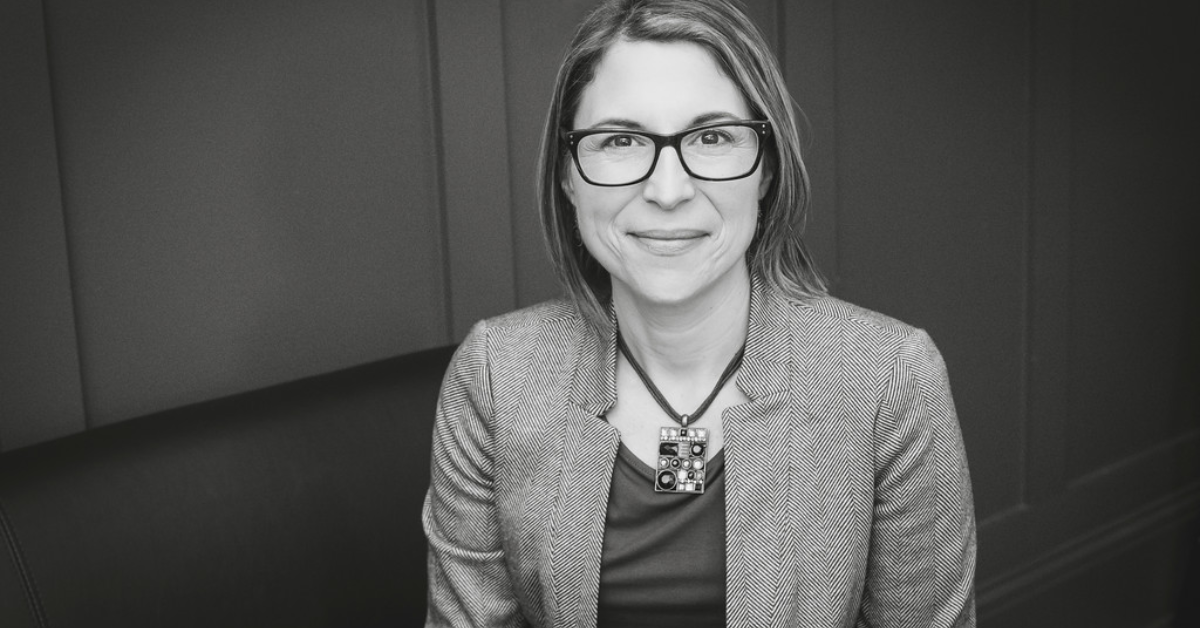Create an Environment for Collaboration
One of the things I love about instructional design is the opportunity to constantly learn from subject matter experts. I’ve had the chance to work on courses on artificial intelligence, art, history, statistics, lean manufacturing, and occasionally courses in my wheelhouse of communications. I like to connect with a subject matter expert (SME) before an official kickoff meeting to have a more casual conversation about the course and to establish our roles. Different projects require SMEs and IDs to collaborate in different ways. Once our relationship is established, and we have the learning objectives for the course, I start asking questions. I dust off my journalism skills and ask SMEs to explain the material to me like I’m a student.
Backwards design
As an instructor and an instructional designer, I use ideas from backwards design. This means starting with the end in mind. The concept was first introduced by Grant Wiggins and Jay McTighe in their book Understanding by Design. Meeting the learning objectives is the final destination. With backwards design, we start working on the course by creating assessments for how learners will demonstrate they’ve met the learning objectives.
Creating Assessments
This is where SMEs who are creative teachers really shine. I love when a SME is prepared with real-world projects for students. Examples include:
- Creating a business, marketing, or social media plan
- Developing a crisis communication plan
- Creating presentations
- Creating explainer videos
- Writing poetry
- Creating a project for their job
Creating Course Content
Once we have the learning objectives and basic assessments, we can start planning the content to support student learning. Content can include:
- In-class lectures and activities
- Instructor or SME videos
- Textbook resources
- Videos from other sources
It’s easy to get stuck in covering information in a textbook or concepts and giving students more information than they may need. Backwards design is an efficient process that keeps the content focused on what students need to know to meet the learning objectives.
With the content in place, instructors and students have a clear map. They know the content will set them up for success with the assessments and meeting the learning objectives.
Next Steps
There are two final steps. First, instructors find ways to personalize the content and build student relationships. I’ve seen creative instructors do this well with regular communication with students in online courses and taking extra time with students during in-class or live sessions. Second, look for ways to continuously improve. Survey students after the course runs for the first time. Lots of schools use formal surveys. I encourage professors to reach out to students and ask for their genuine feedback. Armed with information from students, make adjustments to the content and assessments to better meet the needs of the next class.
Sources:
Gonzalez, J. (2020, June 21). Backwards Design: The Basics. https://www.cultofpedagogy.com/backward-design-basics/
Wiggins, G. & McTighe, J. (2005). Understanding by design. ASCD.
Angela Britcher
Latest posts by Angela Britcher (see all)
- Enhancing First-Year Experiences in Higher Education - August 1, 2024
- Enhancing Education with Virtual Reality: A Hands-On Approach - June 27, 2024
- Higher Education Trends: Insights from Our COO, Sheila Fry - June 13, 2024
